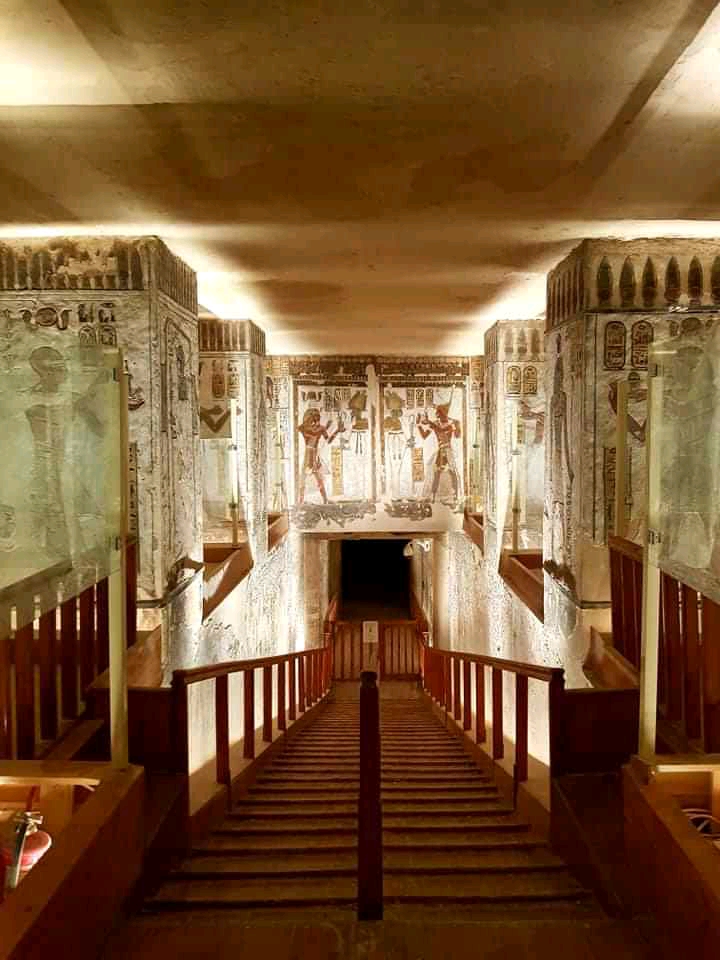Discovering the Mystery of the Fascinating History of the Valley of the Kings in Luxor
- Today, we invite you to travel back in time to explore one of the most fascinating and mysterious places of Ancient Egypt – the Valley of the Kings in Luxor. Located on the west bank of the Nile River, this impressive valley is known throughout the world for its archaeological complex, where many of the pharaohs of Ancient Egypt are buried. The Valley of the Kings was chosen as the burial place for the pharaohs of the Ninth Dynasty of Ancient Egypt (circa 1539-1075 BC). Each tomb in this valley was cut into the rock and designed to ensure the pharaoh’s passage to the afterlife, according to the complex religious beliefs of the ancient Egyptians.
- Every tomb in the Valley of the Kings is a masterpiece of art and architecture. The walls of the tombs are covered with hieroglyphic inscriptions, depictions of the afterlife, and scenes depicting funeral rites. Many of the tombs also contain secondary chambers, where offerings and treasures were deposited to accompany the pharaohs to the afterlife.
- The Most Important Tombs:
- Today, we invite you to enter the heart of the Valley of the Kings in Luxor and turn our eyes to one of the most remarkable tombs of this region – the tomb of Ramses. The tomb of Ramses, originally called KV7 (Kings’ Valley 7), was discovered in 1904. Although it does not compare in size to other royal tombs, such as that of Tutankhamun, it impresses with its intricate details and elaborate decoration.
- Among the most famous tombs in the Valley of the Kings is that of Tutankhamun, The Tomb of Tutankhamun captivated the world with its priceless treasure and the famous burial mask of the pharaoh.
- A visit to the Valley of the Kings is not only a historical experience, but also a journey into a world of beauty and mystery. The sun’s rays, the play of shadows and the colors of the local stones create an unforgettable visual spectacle.
- In conclusion, the Valley of the Kings in Luxor is a window into the fascinating past of Ancient Egypt. By exploring this extraordinary archaeological site, we have a unique chance to better understand the complexity of the ancient Egyptian civilization and how it worshiped death and the afterlife.
- Thank you for your attention and we invite you to join us on this fascinating journey through time and culture!



0 Comment